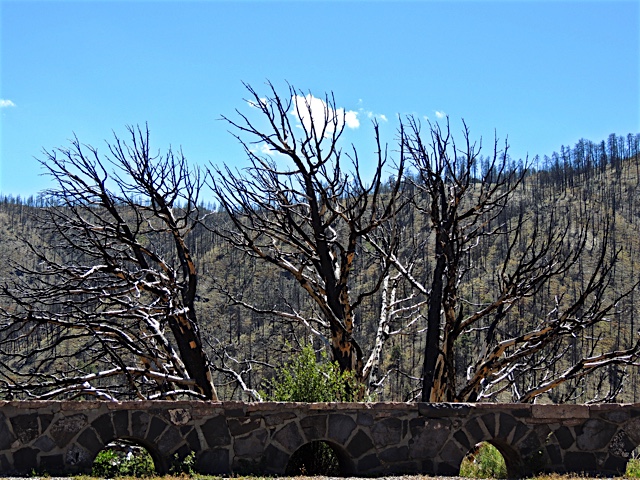Today I'm visiting one of my sister Judy's favorite places to visit, the southern Oregon Coast around Port Orford and Bandon. There is a state park near there called Cape Blanco State Park and it has to be one of the most beautiful spots in the United States.
The park sits on a bluff overlooking the Pacific Ocean with many paths that lead to the beach where you can walk for what seems like miles and not run into another person. The rocky outcroppings along this area make the ocean scenery even more picturesque than usual.
You can study the barnacles attached to some of the rocks.
Or, you might even spot the remains of the Loch Ness monster!
The walk to the Cape Blanco Lighthouse is a must while visiting here. The lighthouse has been guiding ships along the coastal waters since 1870.
My sister has some spectacular photos of this picturesque lighthouse.
You can drive into Port Orford and watch the Boat Lift hoisting boats out of the water.
And, you can have lunch at the Dock, Tackle and Nautical Museum.
After lunch, take a short drive north to the city of Bandon to see the Coquille River Lighthouse, another historic light along the rocky Oregon coast. This one was first lit on February 29th, 1896. It will be 120 years old tomorrow!
It's been well over 10 years since I've last visited here. I think I should plan another visit sometime soon.


























